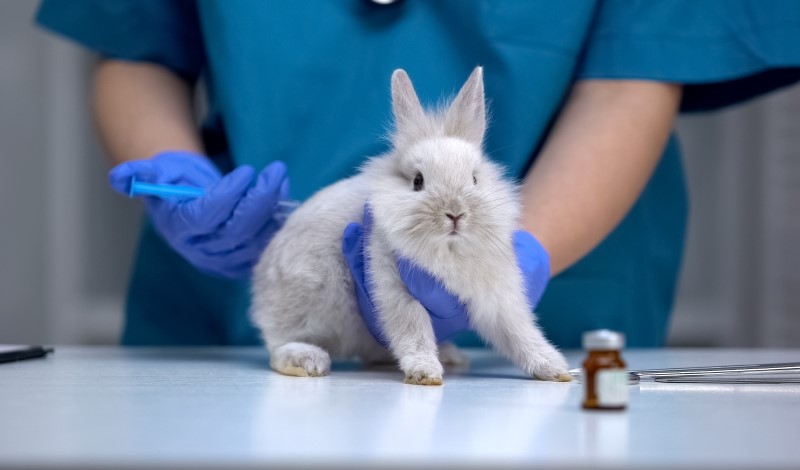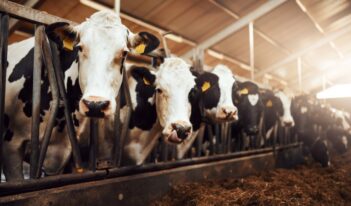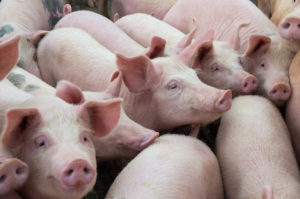
Scholars recommend regulators promote alternatives to experiments conducted on animals.
Over 110 million animals die in U.S. laboratories used for animal testing every year. Their deaths are painful, as lab animals subjected to testing are often immobilized, mutilated, and exposed to toxic substances.
The safety of many medications and consumer products, such as cosmetics, food additives, and cleaners, is evaluated through animal testing. The United States has one of the highest rates of animal testing, conducting over fifteen million experiments annually on animals, including dogs, mice, and birds.
Some researchers have demonstrated the apparent ineffectiveness of animal testing in promoting consumer safety, noting that such experiments can insufficiently predict human health outcomes and are expensive. Animal experiments can last up to five years and cost nearly $2 million per study. By comparison, computer testing, which employs mathematical algorithms to represent real-life outcomes, is faster and cheaper.
The Animal Welfare Act (AWA), a federal law that sets the care standards for the handling of animals in research facilities, excludes 95 percent of animals used for medical testing, such as rats and mice, from protection.
Consumers’ preferences for ethically sourced products compelled legislators to minimize the reliance on animal testing. Last year, Congress eliminated the Food, Drug, and Cosmetic Act’s requirement that new drugs and products be tested on animals before proceeding to human trials. Companies can still, however, choose to continue testing on animals.
Although some defenders of animal testing suggest this practice allows products to be tested in a controlled environment, those in favor of banning animal testing highlight that the stressful conditions animals are subjected to corrupt the benefits of controlled testing. For example, high levels of stress in animals increased their cortisone and blood pressure levels, limiting the value of test results in calculating human responses to products and medications.
Similarly, proponents for a ban on animal testing claim that, in addition to ethical concerns, results of animal testing do not produce accurate models of human diseases because of genetic and physiological differences between humans and animals.
In this week’s Saturday Seminar, The Regulatory Review summarizes the work of scholars who offer alternatives to animal testing and how policymakers should regulate experiments conducted on animals.
- In an article in the University of Illinois Chicago Law Review, Lenore Montanaro of the Roger Williams University School of Law argues that regulators should mandate the reporting of lab animals used in research, regardless of species, promoting the reduction of animal testing. Current exemptions for certain species under the AWA make it difficult to determine the actual number of animals subjected to experiments, Montanaro explains. In addition, Montanaro suggests that regulators should offer financial incentives to companies that seek alternatives to animal testing.
- Similar to other nations, the United States should recognize animal sentience, which is the idea that some animals can experience pain, stress, and fear, Craig Herbst of Maurice A. Deane School of Law argues in an article in the Washburn Law Journal. Federal lawmakers must amend the definition of “animal” under the AWA to expand its protections to all sentient animals, Herbst contends. Herbst recommends animal sentience as the standard for determining which animals regulators should discourage companies from testing on or, at minimum, which animal experiments must receive greater scrutiny.
- In an article in the Marquette Law Review, Taimie Bryant of the University of California, Los Angeles School of Law explores the ethical and regulatory aspects of animal testing in the context of bioengineered food products. To safeguard people and animals, Byant suggests that the U.S. Food and Drug Administration revise its food manufacturing and animal testing guidelines and procedures. Bryant recommends prioritizing the non-animal safety assessments in evaluations and requiring manufacturers to receive special permissions if they test on animals. These recommendations, along with greater transparency and consumer awareness, would influence markets toward more cruelty-free products, Bryant asserts.
- In an article in the Georgetown Journal of Law & Public Policy, Sahar Aktar of Georgetown University McDonough School of Business calls for a reevaluation of animal testing regulations, emphasizing the need to prioritize alternative testing methods that are more humane and scientifically reliable. Aktar suggests that the reliance on animal models is based on outdated scientific assumptions and overlooks the significant physiological differences between species. Aktar notes that animal trials often fail to predict human reactions to drugs, demonstrated by the high rate of clinical trial failures despite successful animal testing.
- Regulatory agencies should promote the creation and implementation of New Approach Methods (NAMs) in animal testing, argues Doortje Swaters and several coauthors in an article in Alternatives to Laboratory Animals. NAMs include the use of human tissues and cells in computerized experiments to test for reactions to new drugs, the Swaters team explains. Swaters and her coauthors contend that NAMs have performed as well as or superior to animal experiments, especially for products used on the skin. Because medication producers struggle to persuade agencies that their products are safe without the use of animal experiments, alternatives to animal testing must be allowed to demonstrate reliability, the Swaters team urges.
- Human data should help establish that the results of NAMs are effective in predicting human safety and outcomes, not animal studies, proposes Fatima Zohra Abarkan and coauthors in an article in Animals. The Abarkan team warns that potential alternatives are not employed because the unreliable results of the animal experiments are used as the baseline for accuracy in predicting human health outcomes. To validate the results of NAMs, regulators should mandate developers to invest in animal testing alternatives and encourage sharing data, Abarkan and her coauthors argue.
The Saturday Seminar is a weekly feature that aims to put into written form the kind of content that would be conveyed in a live seminar involving regulatory experts. Each week, The Regulatory Review publishes a brief overview of a selected regulatory topic and then distills recent research and scholarly writing on that topic.



